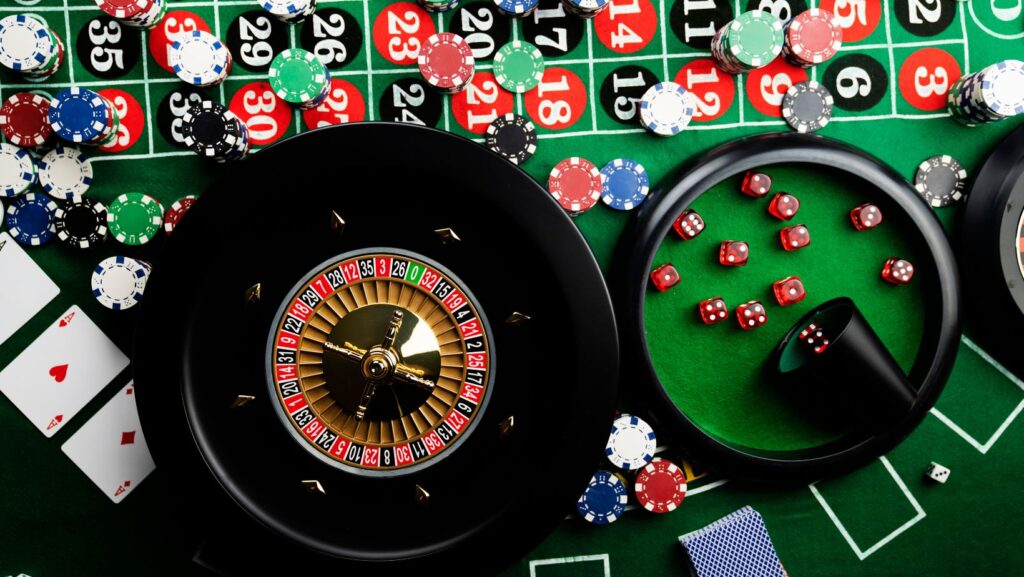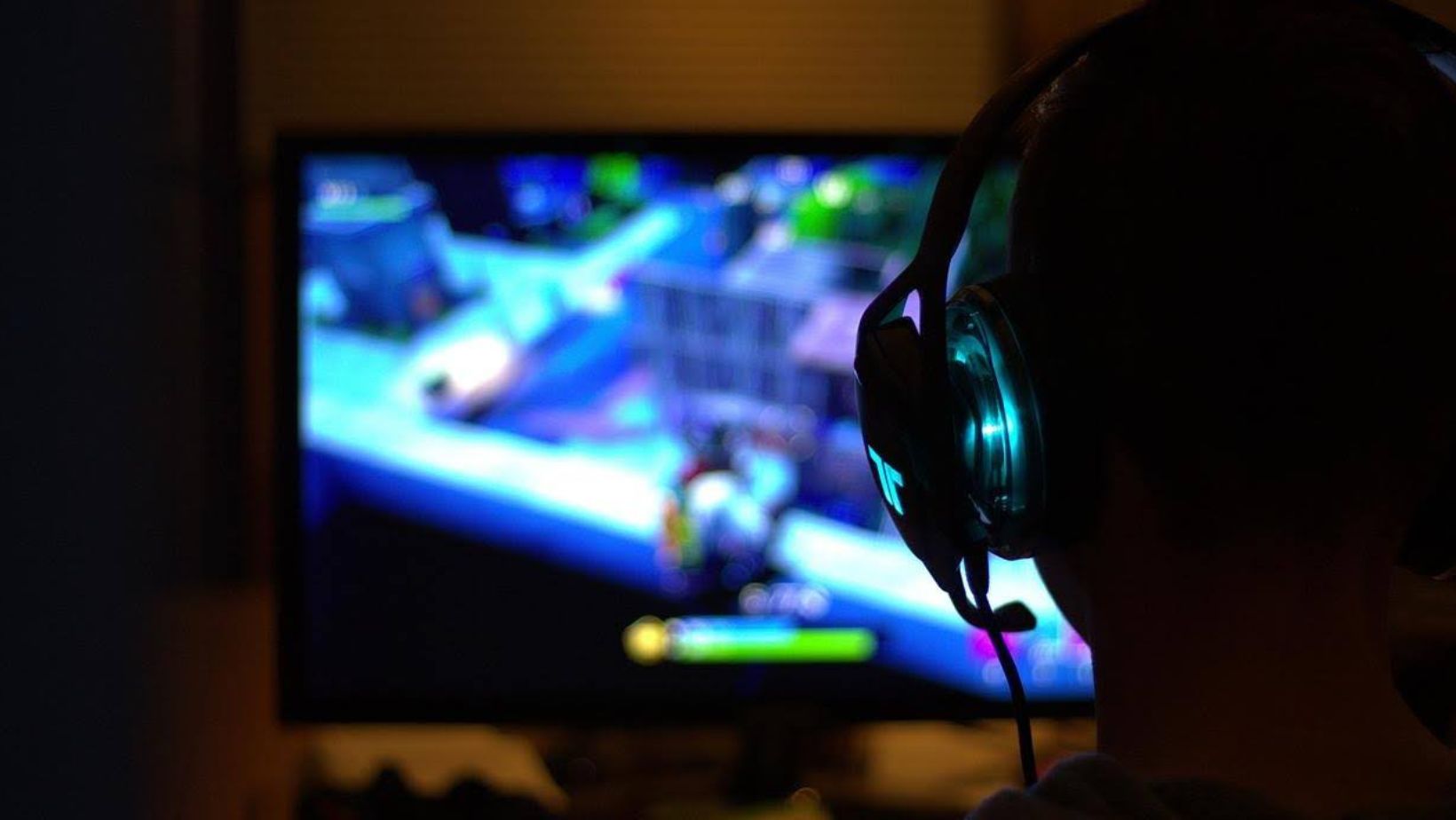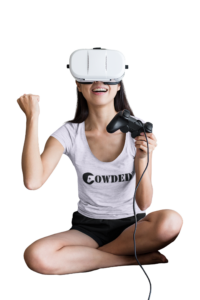Designing a competitive game is now more than just pretty pictures and quick reflexes. It’s also about having good control, precise timing, satisfying clarity, and showing players the right feedback at the right times. Mainstream game designers have learned some of the key ways to engage with players and maximize the experience – and in this ultra-competitive market, it’s certainly necessary to do so.
Online poker, often overlooked by mainstream game designers, has long set an example that other competitive game genres (especially deck-builder games, real-time strategy games, and even mobile MOBAs) can learn from.
How Online Poker Interfaces Master Clarity
What sets UI design in online poker platforms apart from other games is also the clarity it offers. Action buttons are large, color-coded, and cohesively themed. Each card flips smoothly and lines up with the rest of the deck perfectly. Chips move deliberately and confirm bet selections with sound.
These human-centered approaches increase the appeal of the game and allow players who are just learning to use the interface to concentrate on their strategy when playing poker online. In competitive multiplayer games, this type of design discipline has many applications and needs to be carefully considered, whether you’re programming a skill cooldown timer or an HUD in an esports-ready title.
Multi-Table Poker: A Masterclass in Interface Balance
If we look at Bodog’s multi-table poker tournaments, we can see that a focus on design creates something truly spectacular. These tournaments test player strategies and serve as an excellent demonstration of how a well-designed interface can cope with simultaneous play and complex game states. Instead of barraging players with information, the UI simplifies things. Seamless table-switching, clear visibility on betting rounds, and those intuitive action buttons we mentioned earlier all allow players to play across multiple games without overloading themselves mentally.
This type of immersive yet user-friendly digital interface design sets a precedent not just for poker games, but for all competitive titles. Whether it’s issuing orders to your troops in a real-time strategy game or switching between goals in an esports competition, the need for responsive transitions is essential.
Bodog’s multi-table tournament layouts provide a useful point of reference for anyone who is creating a user interface with complexity and usability in mind.
Pacing and Predictability Build Confidence
In competitions where so much is riding on a single game, good UI is crucial. Early online poker tables grappled with this problem and came up with some great solutions. When playing poker, people needed to see at a glance whose turn it was, what their options were, and how much time they had left to decide. They also needed info about the pot, the other players, and more. Early online platforms had to design with care to provide all of this and ensure users didn’t get overwhelmed.

These insights are now seen throughout games of all genres and designers are constantly utilizing and fine-tuning them.
Responsive Feedback and Smart Visual Hierarchy
Good feedback is about letting players understand cause and effect. When a player folds in a poker interface, his cards immediately disappear. When someone bets, chips stack smoothly and make a small noise to confirm the action.
Competitive games—especially those in fast-paced genres—behave similarly. Now, animations are often paired with subtle tactile feedback and audio cues. It’s not just functional, either; there is emotion involved. The player feels every move.
Why These Lessons Matter Beyond Cards
This new generation of automated poker interfaces has taught us that, first and foremost, games that don’t overwhelm players with too much information – but do still provide everything they will need – tend to be the most popular. Designing for competitive play can be challenging, but when it’s done well, the player will have a great experience. Often, this means limiting buttons and tucking away options to keep the interface clear, but balancing this with ensuring players can find what they need, when they need it. Poker platforms, especially those that handle multi-table poker, are an excellent demonstration of this being done right.
Here’s quick snapshot of how some key poker features have translated across digital game design:
| Poker Feature | Translation and Parallels on Game Design |
| Turn-based timers | Real-time pacing in strategy and card games |
| Clear action buttons | Streamlined mobile and console controls |
| Fold animations | Instant visual feedback in multiplayer environments |
| Multi-table view | Split-screen and dashboard-style game interfaces |
| Audio cues on action | Reinforcement of player input and event triggers |
| Simplified bet navigation | Intuitive UI menus in competitive online games |
| Consistent card layout | Standardized HUDs and positioning in PvP titles |














